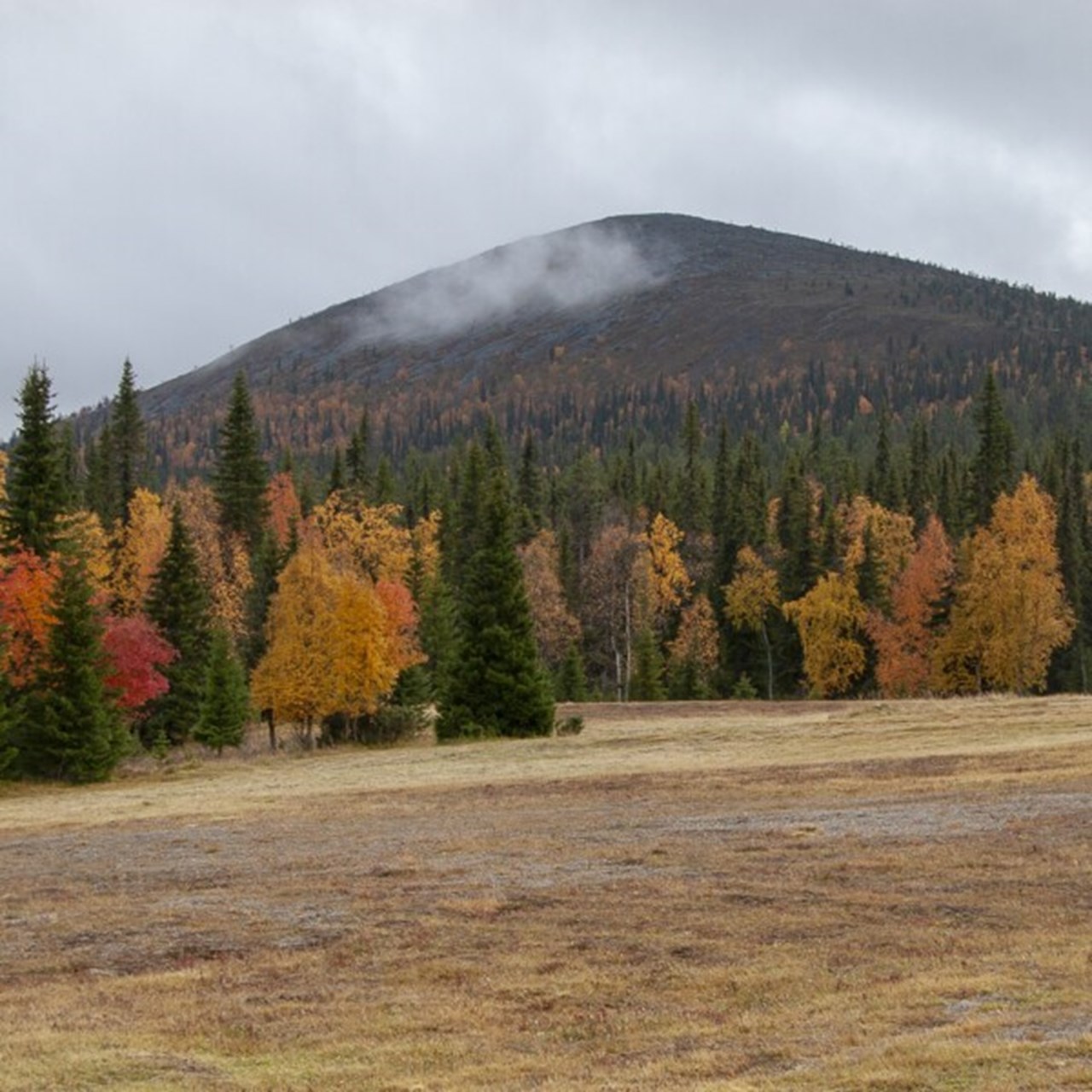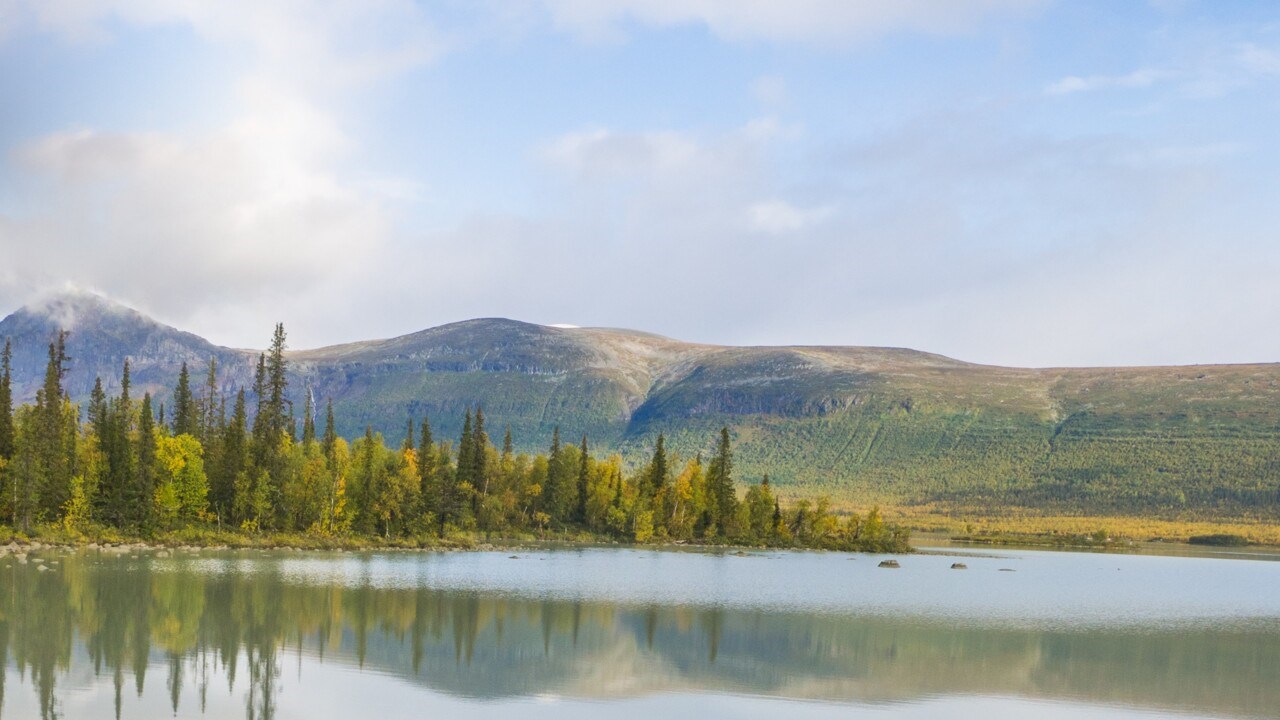Published: 2021-09-27
Updated: 2023-08-08, 15:14
Sustainable for Arctic forest owners
PROFILE
Arctic Centre associated researcher Louise Eriksson held a seminar last Friday on Environmental Psychological Perspectives on Sustainability in an Arctic context with some 30 participants from Swedish authorities, forest owners and forest owners' associations. Louise presented her research showing that biodiversity has become more important also for forest owners in the north of Sweden. Why this is the case, however, is not so easy to answer.
Text: Anngelica Kristoferqvist
Image: Tapani Hellman




